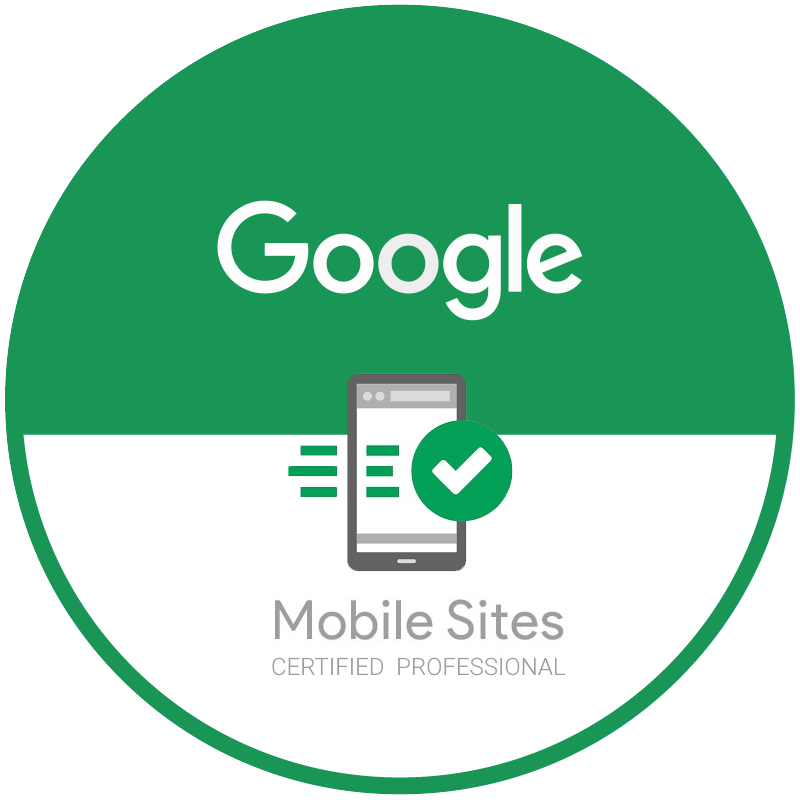How Google’s Algorithm Updates Are Changing SEO Best Practices
Search engine optimization (SEO) is constantly evolving, and no factor drives those changes more than Google’s algorithm updates. For businesses, staying ahead of these updates is critical to maintaining visibility and ensuring your website ranks well. Here’s a breakdown of how recent algorithm changes are shaping SEO—and how you can adapt your strategy to stay competitive.
1. E-E-A-T Is More Important Than Ever
Google’s emphasis on Experience, Expertise, Authority, and Trustworthiness (E-E-A-T) is reshaping SEO. Websites that consistently provide high-quality, credible, and user-focused content are rewarded with higher rankings.
What You Can Do: Regularly publish content that demonstrates your expertise in your field, and ensure it’s backed by credible sources. Adding author bios and testimonials can further boost trustworthiness.
2. Core Web Vitals and Page Experience Still Matter
Google’s Core Web Vitals measure how users experience your site. Metrics like loading speed, interactivity, and visual stability play a key role in rankings. Slow, clunky websites risk losing both visitors and search visibility.
What You Can Do: Optimize your website’s speed and mobile responsiveness. Use tools like Google PageSpeed Insights to identify areas for improvement.
3. Helpful Content Algorithm: Quality Over Quantity
The recent Helpful Content Update prioritizes websites with content that serves the user’s needs over those that rely on generic or keyword-stuffed material.
What You Can Do: Focus on creating content that directly answers your audience’s questions and provides value. Avoid overloading your site with filler blogs or irrelevant topics.
4. Semantic Search and AI Integration Are Evolving
Google is increasingly using AI and natural language processing (NLP) to understand user intent. This means your content must be conversational and context-aware to perform well.
What You Can Do: Use long-tail keywords and address specific queries your audience is searching for. Tools like Google’s “People Also Ask” feature can help identify trending questions.
5. The Rise of Local SEO
Local searches like “near me” continue to grow in popularity. Google rewards businesses that maintain accurate, up-to-date Google My Business profiles with better local search visibility.
What You Can Do: Claim and optimize your Google My Business listing, add local keywords to your content, and encourage customers to leave reviews.
Staying ahead of Google’s algorithm changes can seem overwhelming, but they’re designed to improve user experiences—and businesses that adapt will thrive. By focusing on user-centric content, technical optimization, and local strategies, you can stay ahead of the competition.
Need Help Navigating SEO?
Our team specializes in crafting SEO strategies that adapt to the latest algorithm updates. Contact us today to ensure your website stays optimized and competitive in an ever-changing digital landscape.


